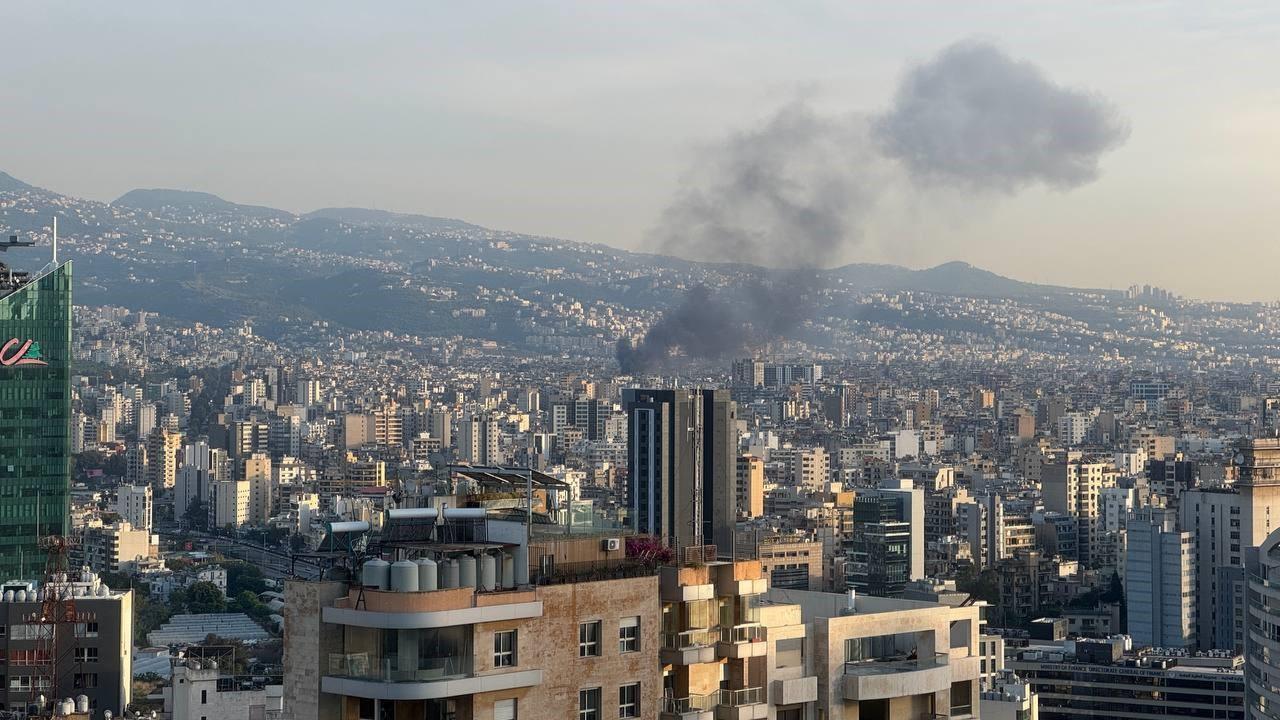Expert finds petroglyphs of ancient Turks in Gobi Desert
İZMİR

A Turkish expert, who has been working on petroglyphs for a decade, has alleged that his team has found some cave paintings belonging to ancient Turks in Mongolia’s Gobi Desert that need geological dating.
“We have samples from very early eras. The results may surprise all of us as we know that there were ethnic groups in the area speaking Turkish,” Semih Güneri, a professor from Dokuz Eylül University, told Demirören News Agency on April 3.
The expert and his team do not know the exact time of the cave paintings. A geological dating process that would “take some time” would give an idea.
Güneri, who has been working in rural areas in Mongolia for two years, said they photographed many petroglyphs.
A petroglyph is an image created by removing part of a rock surface by incising, picking, carving, or abrading as a form of rock art.
The official data gathered by international researchers until now show that the first settlement in the Altai region dates back to some 13,000 to 15,000 years ago.
“The regions where we made archaeological excavations [in the last two years] are rural areas. So we cannot estimate the results of the research for now,” he said. “We recorded what we have found out and will record [as we find more.] We digitalized the photos we have taken. Now we will make geological datings and find the exact dates of the petroglyphs.”
According to Güneri, the results can be “astonishing,” as the petroglyphs may be from a time before 15,000 years ago. “Any such result would surprise us and make us happy.”
When asked why it took so long to find these cave paintings, the expert pointed out the harsh conditions of working in a desert.
According to Güneri, European researchers have worked in Mongolia but did not go and conduct research in the Gobi Desert.
“In the name of enlightening Turkish history, we have accepted the offer to work at the Gobi Desert,” he added.
Apart from the ones he has found, the professor is confident that there are plenty of petroglyphs belonging to Turkish culture in the desert.
“We will unearth them all, then we will pen the results at international scientific articles,” he highlighted.
He did not specify the time when the geological dating results would emerge or the next time he and his team would visit the Gobi Desert to continue the research.
The Gobi Desert, which is the world’s sixth-largest desert, is a large brushland region in East Asia, covering parts of northern and northeastern China and southern Mongolia. Gobi’s basins are bounded by the Altai Mountains on the north.
















